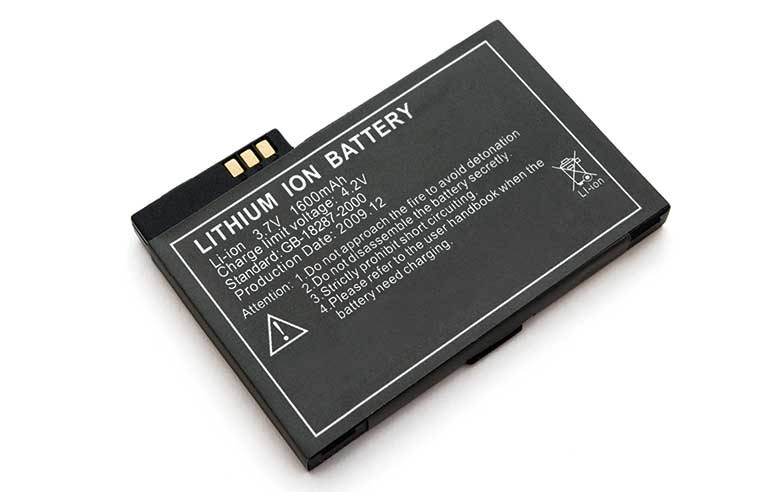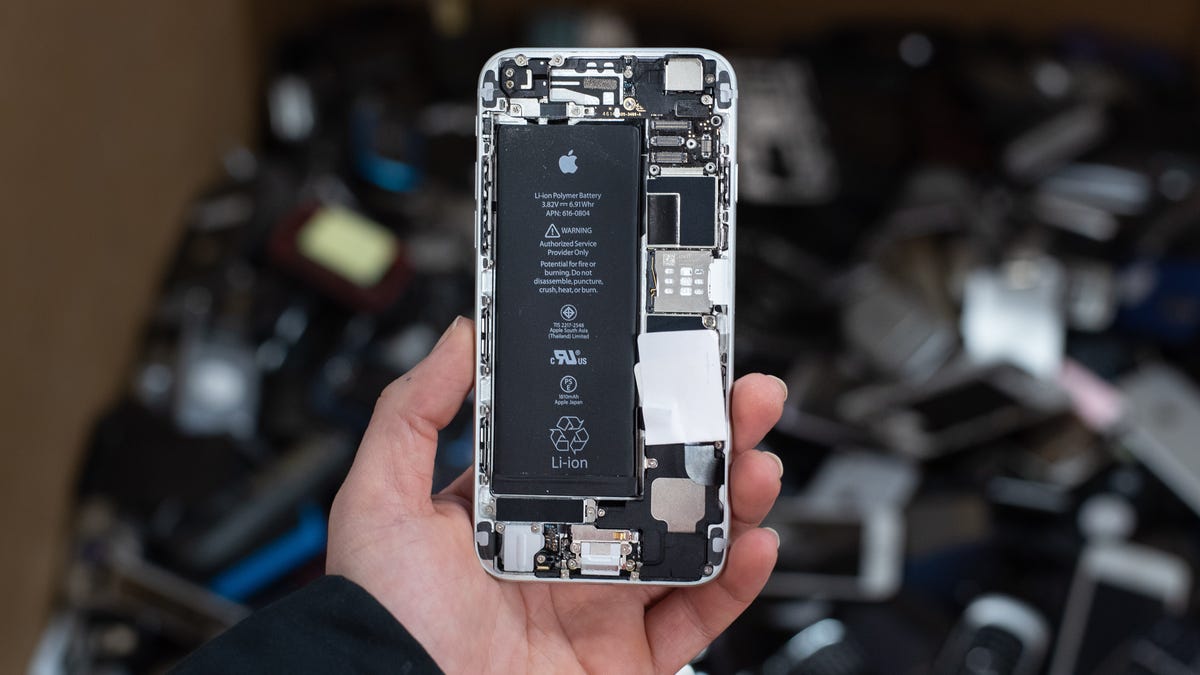I just received enough materials to assemble a Li-Ion battery pack (the prices below include tax + shipping):
spot welder - $66
I plan to rebuild a bunch of battery packs for my power tools. Instead of buying batteries with tab (thus limiting the sources), I can just buy flat top battery cells and add the tab myself
batteries - 8 cells - $42
need 7, but bought 1 extra just in case....
charger - $10
don't want to use the NiCad-NiMH chargers I currently have.
battery protection board - $7
connectors - $11
thermal protector (metal, 5A, 70 degrees C) - $10
I'm still waiting for the delivery of the
heat shrink tube - $8.
Instead, I could buy these:
Custom NiMH Battery Pack: 24V 4500mAh (108Wh, 20x4/3AF, Sanyo) - $185
Thermistor - $2
Or have one built by batteryspace.com, probably about $200. That would be still $50 less than a "used, very good" battery pack from
Amazon Warehouse.
But to me, putting the battery pack together is most of the fun.
Wish me luck.



